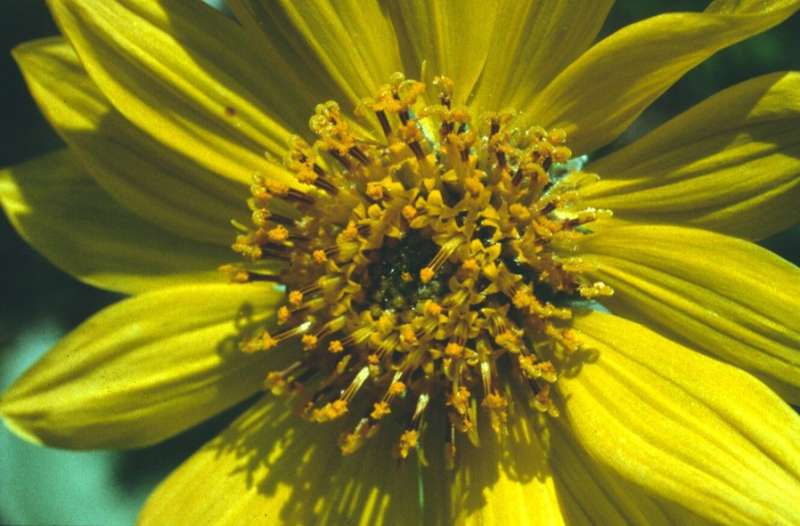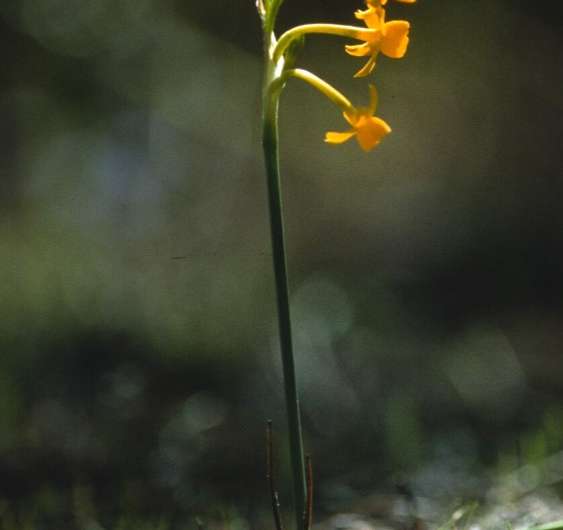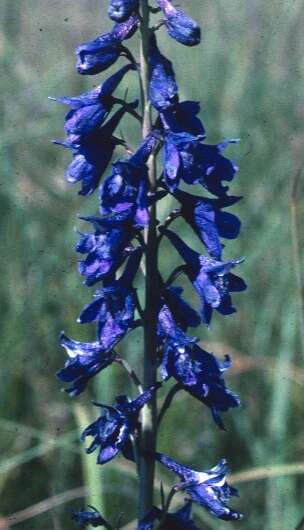Flight of the bumble bee reveals plants' flair for flower arranging

Plants can maximise their chances of reproduction by taking advantage of how insects move between flowers when they track down nectar, a study suggests.
In one of the first studies of its type, scientists found that the way in which plants arrange their flowers affects the flight patterns taken by foraging bees.
Researchers expect that this likely has an impact for how plants reproduce, and they suggest that plants have evolved over time to take advantage of it.
Scientists already knew that variation in shape, size and colour of individual flowers can influence how their pollen is spread by visiting insects or birds. They were interested to learn how the arrangement of flowers - such as circled around the stem or in a line - affects pollination.
Scientists from the University of Edinburgh and the University of Calgary, Canada, studied the flights of bumble bees as they collected nectar from wild tall larkspur flowers in Alberta, Canada.
They found that when the plants' flowers were present on only one side of the stem, bees would more often fly vertically between flowers. By comparison, when a plant had flowers all around its stem, bees would be less likely to fly upwards.

The findings are helping to aid scientists' understanding of how plants can control how their pollen is spread by foraging insects.
They could also inform the development of plant crops with high yields, by enabling scientists to understand how plants can transfer pollen most efficiently.
The results may also help explain why about half of all flowering plants produce flowers that can have female or male characteristics at different times. These arrangements may maximise the plants' chances of reproduction.
The study, published in the Annals of Botany, was supported by the Biotechnology and Biological Sciences Research Council and the Natural Sciences and Engineering Research Council of Canada.
Dr Crispin Jordan, of the University of Edinburgh's School of Biological Sciences, who led the study, said: "Plants and their flowers exist in all shapes and sizes, and our finding that the arrangement of flowers can influence how bees forage might go some way to explaining how plants, which rely on others species to spread pollen, can influence their own reproduction."

Journal information: Annals of Botany
Provided by University of Edinburgh



















